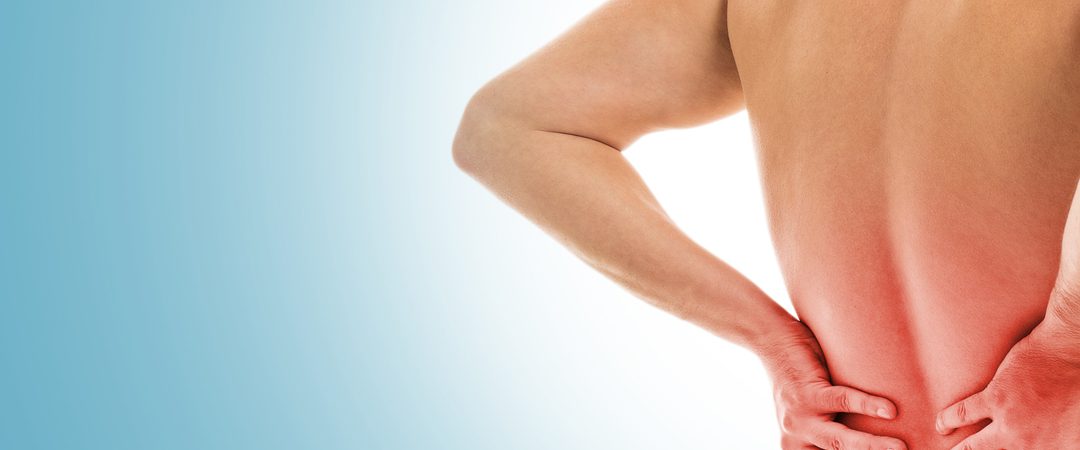
A herniated disc is a medical condition that can cause severe pain and mobility problems. In this comprehensive guide, you’ll discover the symptoms, causes and treatments available for this condition.
WHAT IS A HERNIATED DISC?
A herniated disc occurs when the gelatinous nucleus of an intervertebral disc moves out of its normal position and compresses the nerves in the spine. This can cause severe pain, numbness, tingling and mobility problems. Herniated discs are often caused by repetitive movements, injury or natural degeneration with age.
There are different types of herniated disc:
- Extruded disc: A piece of the nucleus pulposus (the “soft centre” of the disc) protrudes through a tear in the annulus fibrosus (the outermost part of the disc). This type of herniation is most common in young adults who have suffered severe trauma to the back or neck.
- Subluxed disc: A piece of nucleus pulposus pushes against, but does not pass through, an outer annulus. This type of herniation is common in older adults who have had years of wear and tear on their back.
- Protruding disc: The nucleus pulposus pushes against the outer annulus without passing through it, and also extends into the spinal canal. This type of herniation can cause spinal stenosis if the nerve roots are compressed by the protruding disc material.
SYMPTOMS OF HERNIATED DISCS:
The symptoms of an herniated disc can vary depending on the location of the herniation and the severity of the nerve compression. The most common symptoms include pain in the back, legs, arms or shoulders, numbness, tingling, muscle weakness and mobility problems. It’s important to see a doctor if you experience any of these symptoms to get an accurate diagnosis and appropriate treatment.
IMAGING TESTS FOR HERNIATED DISCS:
The best way to diagnose a herniated disc is with imaging tests. Imaging tests use X-rays, CT scans, and magnetic resonance imaging (MRI) to show the structure of your spine and surrounding tissues.
These tests can help your doctor see if there is nerve damage or other problems related to the herniated disc. Imaging tests can also show how much the spinal canal is narrowed by the herniated disc.
X-rays are an older imaging technique that doctors use when they want to get a quick overview of the bone structure in your back. It’s not as sensitive as other tests, but it’s quick and easy to do, making it a good option for patients who don’t have insurance for more expensive procedures.
CT scans use x-rays and computer technology to produce images that show internal organs in detail and help doctors identify problems with these organs or tissues. CT scans can generally detect a herniated disc as well as an MRI, but are slightly less accurate at detecting nerve compression caused by the protruding disc pressing on spinal nerves.
WHAT ARE THE COMPLICATIONS OF A HERNIATED DISC?
A herniated disc can cause pain and other problems. The most common complication of a herniated disc is persistent pain that does not go away with treatment.
Compression of nerve roots can also cause leg weakness and numbness, bowel or bladder problems, and sexual dysfunction.

Understanding herniated disc: symptoms, causes and treatments
THE CAUSES:
Herniated discs are often caused by a combination of factors, including ageing, natural degeneration of the discs, injury, repetitive movements and pressure on the spine. People with a sedentary lifestyle, obesity or poor posture are also more likely to develop a herniated disc. It’s important to take preventive measures to reduce the risk of developing a herniated disc, such as exercising regularly, maintaining good posture and avoiding repetitive movements that can cause injury to the spine.
TREATMENTS:
Treatments for herniated discs depend on the severity of the symptoms and the location of the herniation. In mild cases, anti-inflammatory medication and physiotherapy can help relieve pain and improve mobility. More serious cases may require surgery to remove the herniated part of the disc. It’s important to see a doctor as soon as symptoms appear to determine the best treatment for each individual case.
PREVENTING HERNIATED DISCS:
While there’s no guaranteed way to prevent a herniated disc, there are steps you can take to reduce your risk. Maintaining good posture, avoiding lifting heavy objects incorrectly, exercising regularly to strengthen back muscles and eating well to maintain a healthy weight are all strategies that can help prevent disc herniation. If you work in an environment where you sit or stand for long periods of time, it’s important to take regular breaks to stretch and move your body.

